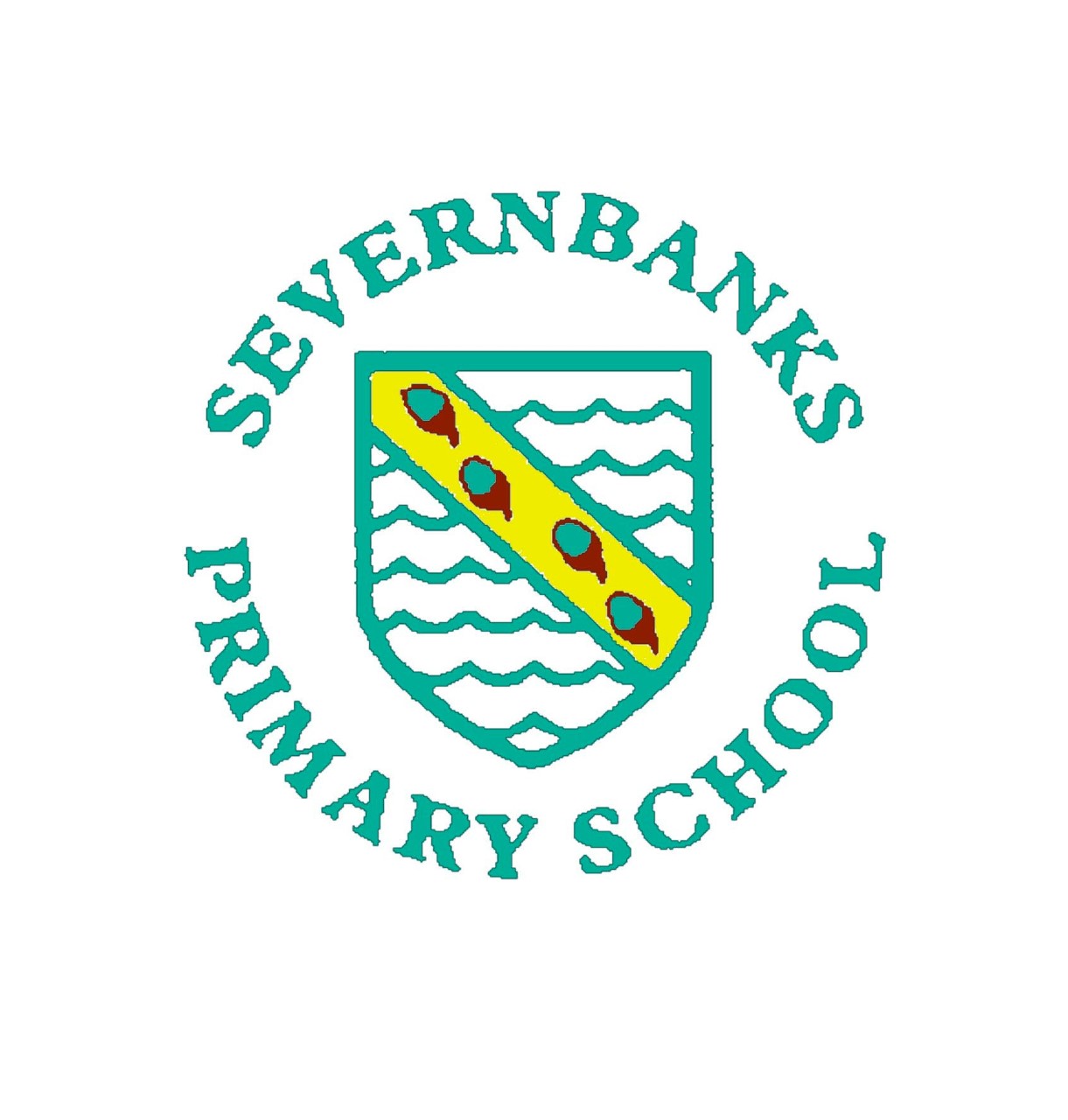Computing
Computing
The Computing curriculum is an ambitious curriculum meeting the needs of all learners and contextualised in the community we serve.
At Severnbanks Primary School, we follow the Teach- National Centre of Computing Education computing Scheme of work. The scheme aims to instil a sense of enjoyment around using technology. The scheme of work enables pupils to meet the end of Key Stage Attainment targets outlined in the National curriculum and the aims align with those in the National curriculum. We use our PSHE scheme, which also covers online safety, alongside the digital literacy strand of this scheme. The online safety we teach is based on the DfE’s Education for a Connected World framework. This guidance was created to help equip children for life in the digital world, including developing their understanding of appropriate online behaviour, copyright issues, being discerning consumers of online information and healthy use of technology.
We aim to teach our pupils to use equipment and software confidently and purposefully. We do this by teaching the computing curriculum, which focusses on coding and programming skills. Pupils also have access to a range of software as well as web-based materials. With these skills, our pupils can then use computing to enhance their learning across all areas of the curriculum.
We believe that the Internet offers a valuable resource for teachers and children but recognise its potential dangers. Therefore, we teach our pupils and parents about E-Safety and use technology responsibly.
All pupils have access to the Computer Suite with networked computers and also laptops and iPads which all have filtered internet access. Every class has its own PC and an interactive whiteboard which is used effectively in all teaching, making learning both interesting and fun.
Underpinning our Computing curriculum are our vision, values and curriculum drivers: showing teamwork, respect and kindness when working with others in a class, group or pair to listen to one another and share ideas and resources; working with resilience to learn key facts and overcome misconceptions and apply knowledge to solving problems; thinking with creativity and curiosity to solve problems using appropriate methods and materials. Pupils are encouraged to be independent when learning and know how to use resources to support their own learning. Our teaching of the computing curriculum promotes pupils to aspire to be a computer scientists and achieve.
The lessons we teach have the intention of providing a high-quality, coherent and progressive experience of the subject, with scope for cross-curricular learning.
The National curriculum purpose of study states: ‘The core of computing is computer science, in which pupils are taught the principles of information and computation, how digital systems work, and how to put this knowledge to use through programming. Building on this knowledge and understanding, pupils are equipped to use information technology to create programs, systems, and a range of content. Computing also ensures that pupils become digitally literate – able to use, and express themselves and develop their ideas through, information and communication technology – at a level suitable for the future workplace and as active participants in a digital world’.
Therefore, the curriculum is designed with three strands which run throughout:
- Computer science
- Information Technology
- Digital Literacy
Our Computing curriculum ensures a broad and balanced coverage of the National curriculum requirement. Teachers will cover the objectives stated in each Computing lesson but may change the lesson theme to fit with their topic. Lessons incorporate a range of teaching strategies from independent tasks, paired and group work as well as unplugged and digital activities. This variety means that lessons are engaging and appeal to those with a variety of learning styles. Differentiated guidance is available for every lesson to ensure that lessons can be accessed by all pupils and opportunities to stretch pupils’ learning are available when required. We teach key vocabulary that is to be used with in the unit.
The curriculum and pupils’ learning is monitored through both formative and summative assessment opportunities. Evidence is collated in online floor books and pupils’ individual saved files.
After the implementation of the Computing curriculum, pupils should leave Severnbanks equipped with a range of skills to enable them to succeed in their secondary education and be active participants in the ever-increasing digital world.
The expected impact of following the Computing scheme of work is that children will:
- Be critical thinkers and able to understand how to make informed and appropriate digital choices in the future.
- Understand the importance that computing will have going forward in both their educational and working life and in their social and personal futures.
- Understand how to balance time spent on technology and time spent away from it in a healthy and appropriate manner.
- Understand that technology helps to showcase their ideas and creativity. They will know that different types of software and hardware can help them achieve a broad variety of artistic and practical aims.
- Show a clear progression of technical skills across all areas of the National curriculum - computer science, information technology and digital literacy.
- Be able to use technology both individually and as part of a collaborative team.
- Be aware of online safety issues and protocols and be able to deal with any problems in a responsible and appropriate manner.
- Have an awareness of developments in technology and have an idea of how current technologies work and relate to one another.
- Meet the end of key stage expectations outlined in the National curriculum for Computing.
